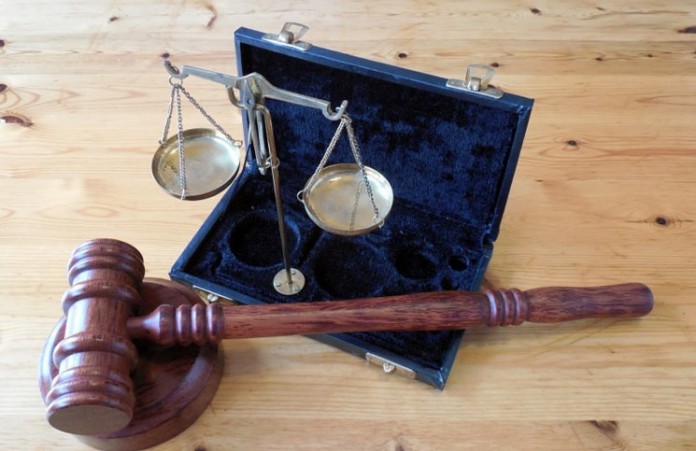In this blog post, Khalid Khan, the owner of www.legallyinvincible.com and a legal counsellor at SSA Legal in the Kingdom of Bahrain, writes about caveat post-exercise of a caveat by Tata Group against Mr Cyrus Mistry. The post analyses the key issues related to the caveat, court and caveator.
A long time back, I read somewhere that Tata Group has the biggest legal team working for them and the figure I read was around 500 lawyers. When I read that article, I thought why need such a big team when Tata Group hardly get involved in any legal tussles but I was proved wrong this week when Tata Group got involved with none other than Mr Cyrus Mistry, who was appointed 4 years back as successor to legendary entrepreneur Mr Ratan Tata, a man respected all over the world for his professional and personal ethics.
The masterstroke, which was exercised by the Tata Group against Mr. Cyrus Pallonji Mistry was filing of caveat in Supreme Court of India, Bombay High Court and National Company Law Tribunal in order to stop Mr. Cyrus Mistry from getting any ex-parte order. Some papers have even mentioned that caveats have been filed in all courts (http://economictimes.indiatimes.com/news/company/corporate-trends/tata-sons-files-caveat-in-all-courts-as-legal-cover/articleshow/55047898.cms).
I am quite certain that everyone except the majority of law students, won’t be aware that what is a caveat and this is what I am going to explain to you.
What is a caveat?
Section 148 (A) of Indian Civil Procedure Code, 1908 deals with the law related to the caveat. A Caveat is a Latin term, which means, ‘let a person beware’. In law, it can be explained as a notice or a precaution exercise (generally in probate cases) that a certain matter not is heard, judgment not is passed, order not is issued without hearing the person who has filed the caveat.
It can be made in an application already made or which is supposed to be made in future. Therefore, in case Mr Cyrus Mistry will approach the Supreme Court of India, Bombay High Court or National Company Law Tribunal then his case will not be heard without hearing the Tata Group due to the caveat exercised by them.
Who can file a caveat?
As explained by law, the following can file a caveat petition:
- Any person claiming a right to appear before the Court,
- Where an application is expected to be made
- Where an application has already been made
- In a suit or proceeding instituted
- In a suit or proceeding which is about to be instituted.
Duty of the court after filing of caveat
Once the court has accepted a caveat petition then it is the duty of the court to inform the person by whom caveat was filed if any case as expected by him is filed. The law says, “the Court shall serve a notice of the application on the Caveator”, which makes it mandatory not discretionary.
Duty of the caveator
Once the court accepts the caveat then it is the duty of the person filing the caveat to serve a notice of the Caveat by registered post, acknowledgement due:
- On the person by whom the application has been made

- On the person by whom the application is expected to be made
This clause uses the word shall which makes it directory in nature.
What caveat petition must contain?
The caveat petition must mention the following:
- The Name of the Court where the Caveat is to be filed
- The Suit / Petition / Appeal No. if it exists
- Caveator’s Name (Person making the Caveat)
- Brief Details of Suit / Appeal likely to be filed
- Name(s) of possible Plaintiff(s) / Appellant(s)
- Caveator’s Address for service of the Notice when it is filed
- Address where Notice of Caveat sent to the Other Parties by RPAD
Another latest instance of the caveat was the caveat filed by Mr Salman Khan, asking to be heard when the Maharashtra government’s appeal against his acquittal in the 2002 hit-and-run case comes up for hearing.
 Serato DJ Crack 2025Serato DJ PRO Crack
Serato DJ Crack 2025Serato DJ PRO Crack











 Allow notifications
Allow notifications



